Cleft Lip or Palate
What is Cleft Lip or Palate?
A child is born with a cleft lip and/or cleft palate when the structures of the lips, nose, or hard or soft palate do not fuse in an embryo. This results in openings in the bones or muscles of the mouth and nose. There are different kinds of clefts. A child can have a cleft lip, cleft palate, or both. Clefts can happen on only one side of the face or on both sides. A cleft can go only part-way through the lip or palate or all the way through.
When a baby or child has a cleft palate, there will be an opening between the roof of the child’s mouth and nose making eating and babbling difficult. If the bones of the roof of the mouth have an opening which is covered by a thin tissue layer, it is called a submucous cleft. This may only be discovered later in childhood if the child has difficulty producing clear speech through the mouth.
Clefts may make nursing, eating, drinking, and swallowing difficult. It may be difficult for the child to talk clearly because air can come through the nose when the child is speaking (hypernasality). There may also be dental problems that interfere with feeding and making speech sounds correctly.Children with cleft lip and/or palate will need surgery to repair the cleft. In BC, the lip repair is typically at 4 months of age and palate repair and ear tubes to prevent ear infections at 9 to 12 months. Further surgeries may be needed either prior to school or later.
What can professionals do to help?
The speech-language pathologist (SLP) can help the parents and the child at an early age if there are feeding and swallowing difficulties. The SLP consults with medical teams, including ENTs, surgeons, pediatricians, and other health professionals to determine the sequence of treatment.
Speech therapy will be needed if the child is hard to understand. Some children have difficulty making speech sounds with their lips and palate and will make sounds using the muscles in their throat. They may allow too much air through their nose (hypernasality) or not enough air (hyponasality). These problems with airflow are called resonance disorders.
The SLP will assess the child to determine how he/she is making sounds and to educate parents on speech production. If the child can say speech sounds appropriate to their age but has problems with proper airflow through the nose and mouth, the child may only need surgical repair or an orthodontic device.
If the child is hard to understand because of the way sounds are made during speech, the SLP will design an intervention program to help the child speak more clearly in conjunction with medical intervention.What does an audiologist do?If the child has recurrent ear infections, the audiologist will determine if there is any hearing impairment, monitor the degree of hearing loss, and help determine the impact on the child’s ability to communicate effectively. The audiologist may prescribe hearing aids if needed.
Find an Audiologist or SLP near you by clicking here
For more information on hearing loss
For more information on cleft palate
